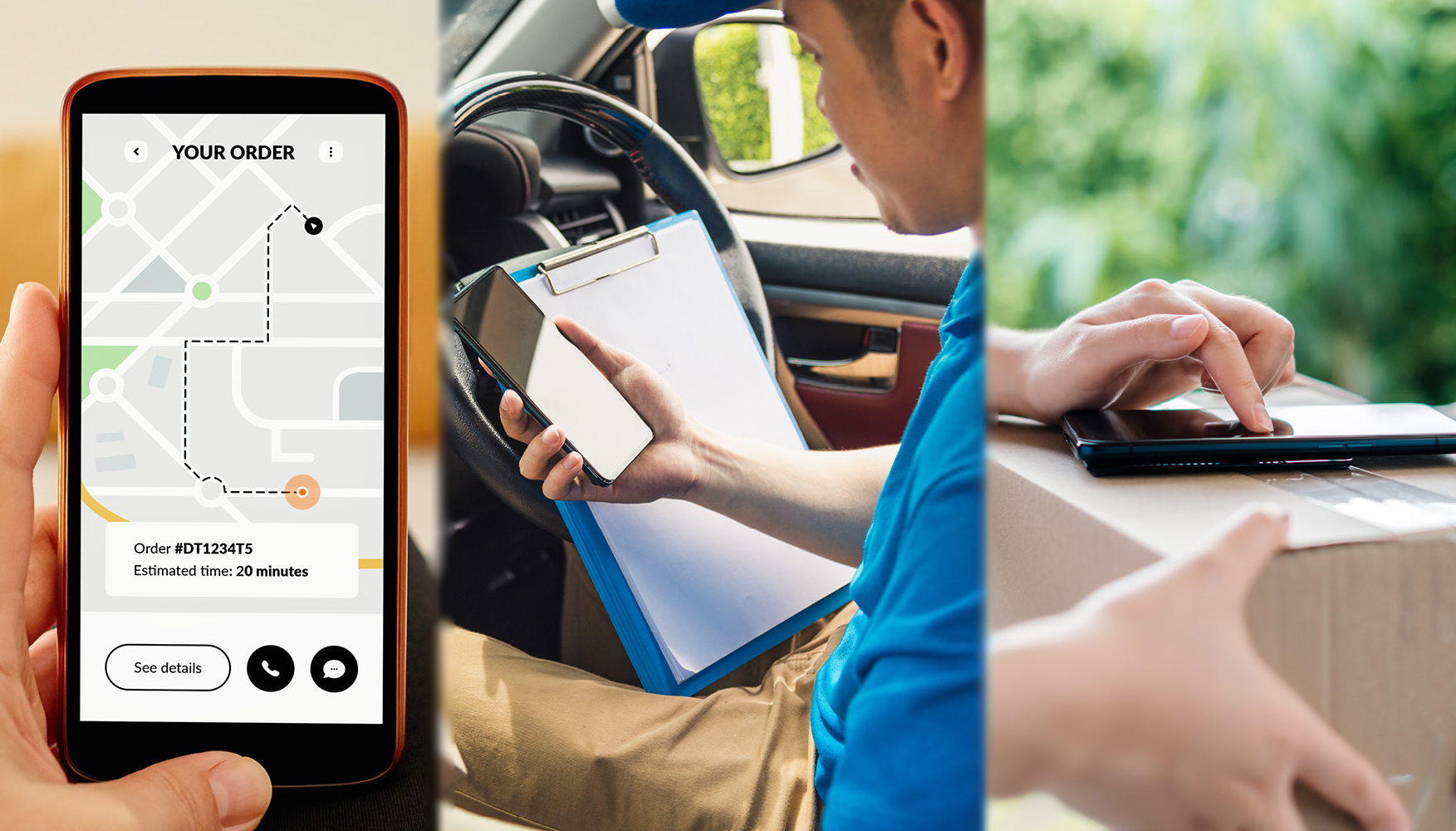TMS Mobile App Connects You with Drivers and Customers
Prioritize Experience with Instant Communications
Your customers expect to know their shipment’s location and ETA. Your team needs to quickly communicate about changes that disrupt the delivery journey. MercuryGate’s TMS Mobile App fulfills both so you can make communications a customer experience priority.
Available for iOS and Android, our TMS Mobile App eliminates the need for your customers and your team to exchange emails, phone calls, and texts about every delivery. Instead, each order is automatically updated with the latest information that impacts shipment status. And your customers stay fully informed with the convenience of a mobile app.

Consolidate Manual Functions in an Efficient Mobile App
Even the best route plans require an update at a moment’s notice. New orders arrive, delivery appointments change, and unforeseeable weather and traffic events cause delays. Easy-to-use mobile app technology pushes notifications to drivers, instantly alerting them to changes in the daily route plan. Electronic document exchange and mobile signature capture further elevate service and efficiency.
Communicate Changes
Drivers receive routing updates in the mobile app for new orders and return pick-ups. Customers get instant notifications for delivery ETA changes.
Deliver Safely
Improve Efficiency
Dynamic rerouting eliminates unnecessary miles from delivery routes and configures directions to shrink delivery windows and fuel consumption.
Configure TMS App to Meet Specific Needs
MercuryGate’s proprietary mobile app is designed to accommodate custom configurations that meet the unique needs of your business. These capabilities make our mobile app a delivery service differentiator.
- Monitor pickup & delivery order and status.
- Track driver activity and compliance.
- Capture proof of delivery, images, and signatures.
- Communicate instantly with built-in messaging.
- Collect customer feedback and service ratings.
- Maintain real-time awareness with GPS pings.
